I was sitting on the floor of my small apartment in the middle of the night, surrounded by piles of clothes, a travel-sized backpack, and a whole lot of doubt.
In my bank account: $3,000.
In my heart: a dream to see Asia for half a year.
Friends told me I was crazy.
“Six months? Across different countries? With only $500 a month? You’ll be back in a month, broke and disappointed.”
But something in me whispered back, “What if they’re wrong?”
That night, I zipped up my bag, closed my laptop, and made a promise to myself:
I will prove that travel isn’t about how much money you have — it’s about how you choose to live.
Why I Chose Asia
Asia had always fascinated me — its rich history, vibrant street life, affordable travel costs, and the fact that each country felt like a world of its own.
Where else could you…
- Eat a steaming bowl of pho for $1 in Vietnam
- Watch the sunrise over Angkor Wat in Cambodia
- Explore tropical islands in Indonesia for less than $30/day
- Take a 24-hour train in India for the price of a cinema ticket
If I was going to stretch my $3,000, Asia was the place to do it.
The Mindset Shift That Made This Possible
Before I get into the details of where I went and how I spent my money, let me share something important — budget travel is not about deprivation.
It’s about…
- Choosing experiences over things.
- Slowing down to avoid expensive transportation costs.
- Staying open to unconventional ways of traveling.
- Learning to live like a local, not like a tourist.
If you approach travel with the mindset of “I must see everything quickly”, you’ll burn through your budget fast. But if you’re willing to take your time, you can live richly on very little.
Month 1 – Vietnam: My First Taste of Slow Travel
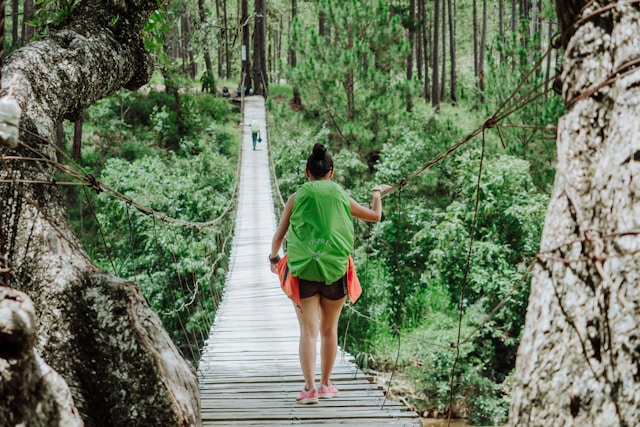
I landed in Hanoi on a humid August evening. The air was heavy with the smell of herbs, sizzling meat, and rain-soaked streets. Motorbikes zipped past me in every direction, but instead of panic, I felt… alive.
I checked into my first hostel — $6 a night, including breakfast. My room was simple: a bunk bed, a fan, and a tiny locker. But from the rooftop, I could see the whole city glowing in gold streetlights.
For the first week, I explored Hanoi’s Old Quarter on foot. I tried egg coffee, learned to cross streets by walking into the traffic (yes, it works), and ate endless bowls of pho for $1.20 each.
From Hanoi, I took an overnight train to Hue — my first taste of budget long-distance travel. A ticket in a soft-sleeper berth cost $28 and doubled as my accommodation for the night.
In Hoi An, I rented a bicycle for $2/day and spent hours cycling through rice paddies and along quiet beaches. I stayed with a local family in a homestay for $8/night, where breakfast was always fresh fruit and homemade bánh mì.
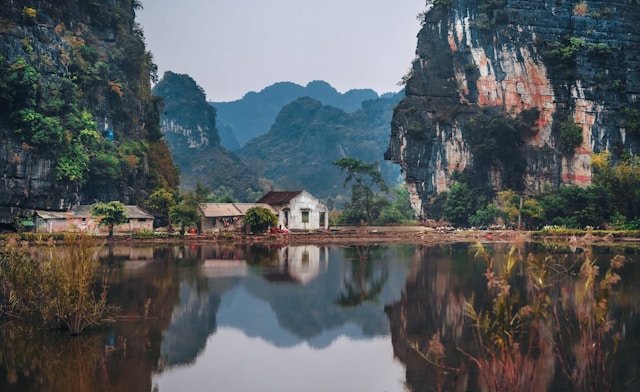
My Vietnam Budget (1 month)
- Accommodation: $200
- Food: $150
- Transport: $50
- Activities: $40
- Miscellaneous: $20
Total: $460
Lesson Learned: The less you move around, the less you spend — and the more you see.
Also Read – How to Travel the World on a Budget: 25 Practical Tips That Work
Month 2 – Cambodia: History That Humbles You
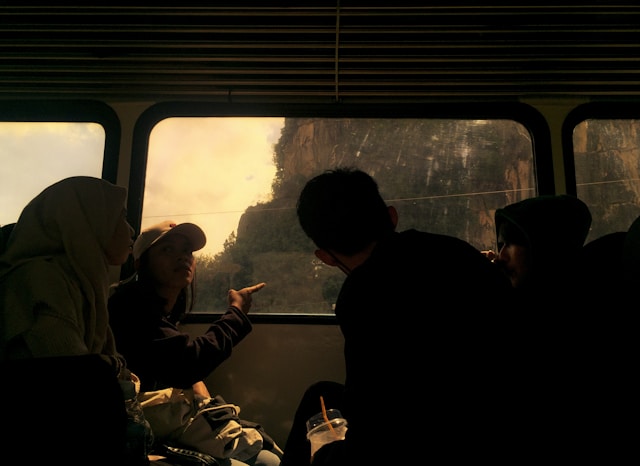
From Ho Chi Minh City, I took a $15 bus into Phnom Penh, Cambodia. It was a long, bumpy ride, but crossing borders by land is far cheaper than flying.
Cambodia humbled me. I visited the Killing Fields and Tuol Sleng Genocide Museum, which left me quiet for days. Travel isn’t always about pretty landscapes — sometimes it’s about understanding the resilience of people.
In Siem Reap, I volunteered at a local English school through Workaway. For 3 hours of teaching each day, I got free accommodation and two meals. My expenses dropped drastically — and my heart grew fuller than any paid tour could ever offer.
And of course, I visited Angkor Wat. Instead of a rushed one-day visit, I bought a 3-day pass for $62 and explored slowly, catching the sunrise one morning and wandering through hidden temples the next.
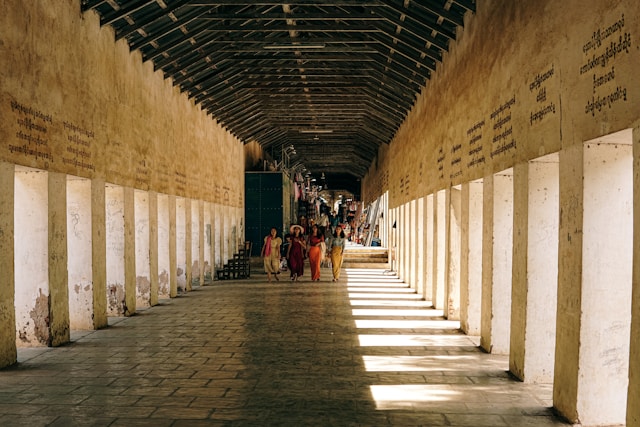
My Cambodia Budget (1 month)
- Accommodation: $100 (Workaway saved a lot)
- Food: $140
- Transport: $60
- Activities: $100 (Angkor Wat + small trips)
- Miscellaneous: $20
Total: $420
Lesson Learned: Sometimes the cheapest experiences are the most meaningful — volunteering opened more doors than money ever could.
Month 3 & 4 – Thailand: Finding My People
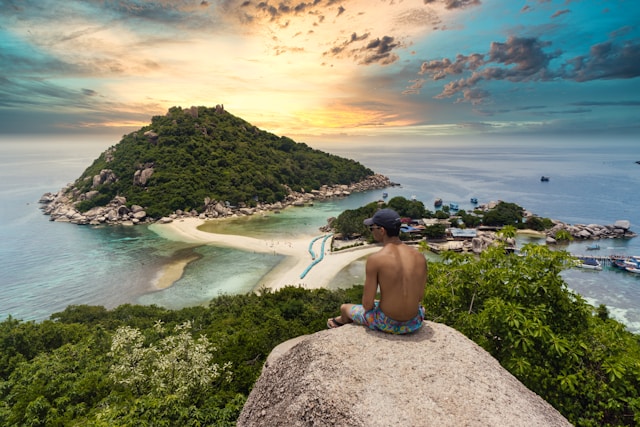
By the time I reached Chiang Mai, I had fallen in love with slow travel. I rented a small private room in a guesthouse for $250/month — cheaper than moving every few days.
I started my days with $1 iced coffee from a street cart, rented a scooter for $5/day, and spent afternoons exploring waterfalls, temples, and night markets.
I met fellow travelers and digital nomads here — people from all over the world living on similar budgets. We cooked meals together, shared travel hacks, and celebrated Loy Krathong, the lantern festival, by releasing floating lanterns into the river.
On weekends, I took budget trips to Pai and Chiang Rai. Bus tickets cost $5–$8, and guesthouses were $7–$10/night.
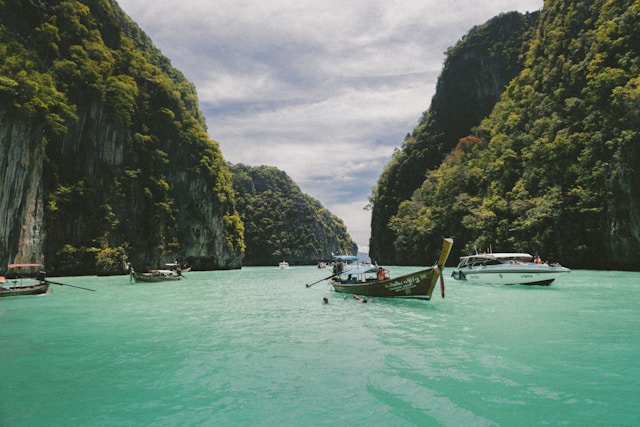
My Thailand Budget (2 months)
- Accommodation: $500
- Food: $300
- Transport: $120
- Activities: $80
- Miscellaneous: $40
Total (for 2 months): $1,040
Lesson Learned: Travel becomes richer when you build a community along the way.
Look Out must see attraction of Thailand by Lonely Planet
Month 5 – Indonesia: The Beauty of Doing Nothing
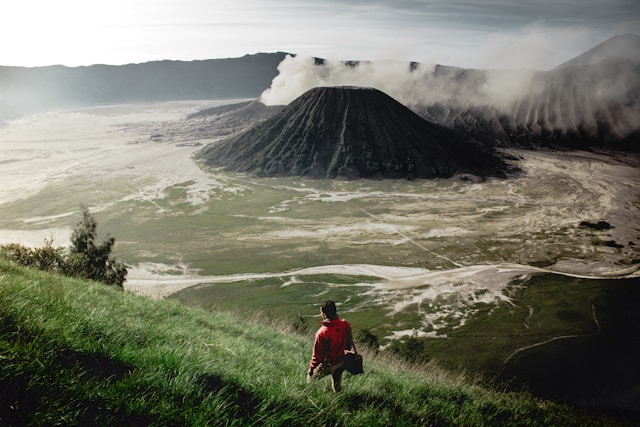
When I arrived in Bali, I realized I was exhausted from months of constant movement. So I did something radical — I stopped.
I rented a small bamboo hut for $270/month in Ubud, surrounded by rice fields. My days started with sunrise yoga, continued with reading on the porch, and ended with $1.50 plates of nasi goreng from a nearby warung.
I took short trips to beaches and waterfalls, but for the first time, I let go of the pressure to “see it all.” I realized that rest is also a form of travel.
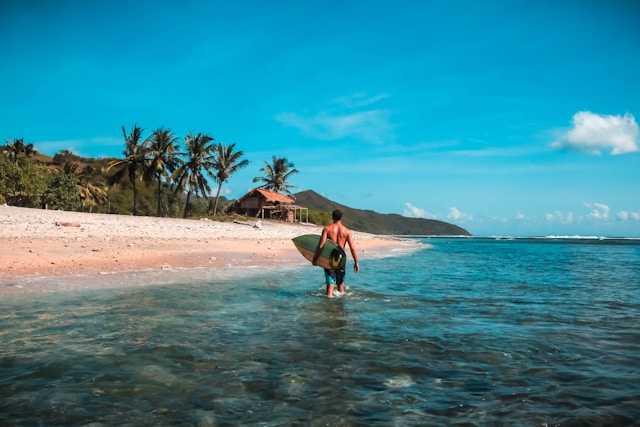
My Indonesia Budget (1 month)
- Accommodation: $270
- Food: $180
- Transport: $60
- Activities: $40
- Miscellaneous: $0 (barely spent extra)
Total: $550
Lesson Learned: Sometimes the best travel memories are made in stillness.
Month 6 – India: Chaos and Clarity
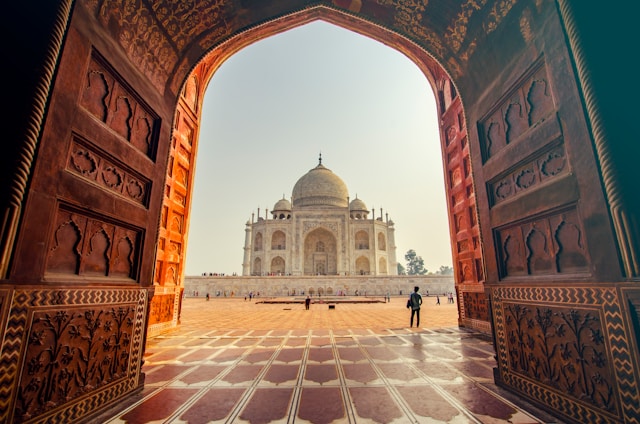
India was my final stop — and perhaps the most intense. The chaos of Delhi’s streets, the honking, the colors, the sheer energy — it was overwhelming but intoxicating.
I took sleeper trains for $5–$10 between cities, ate filling thali meals for $2, and stayed in family-run guesthouses for under $10/night.
In Varanasi, I watched the Ganga Aarti as the river shimmered under hundreds of oil lamps. In Jaipur, I climbed the Amber Fort at sunrise. In Kerala, I floated along the backwaters in a $20/day houseboat shared with other travelers.
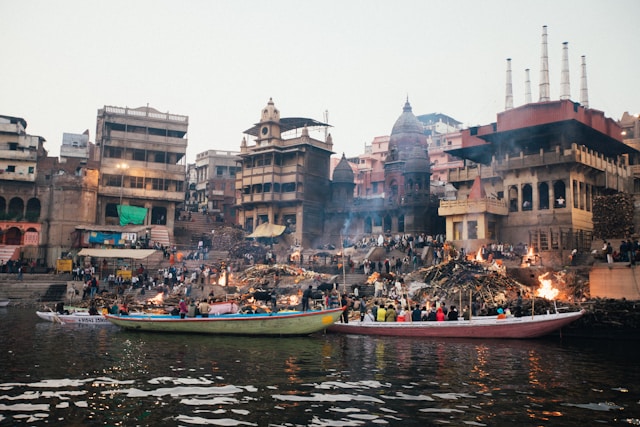
My India Budget (1 month)
- Accommodation: $180
- Food: $120
- Transport: $60
- Activities: $40
- Miscellaneous: $0
Total: $400
Lesson Learned: Chaos can be beautiful when you stop trying to control it.
Full 6-Month Budget Recap
| Country | Accommodation | Food | Transport | Activities | Misc. | Total |
|---|---|---|---|---|---|---|
| Vietnam | $200 | $150 | $50 | $40 | $20 | $460 |
| Cambodia | $100 | $140 | $60 | $100 | $20 | $420 |
| Thailand (2 mo) | $500 | $300 | $120 | $80 | $40 | $1,040 |
| Indonesia | $270 | $180 | $60 | $40 | $0 | $550 |
| India | $180 | $120 | $60 | $40 | $0 | $400 |
| TOTAL | — | — | — | — | — | $2,870 |
How I Kept Costs Low
- Traveled slowly – longer stays meant cheaper rent and fewer transport costs.
- Ate local – street food is cheap and delicious.
- Used volunteering platforms – free accommodation in exchange for a few hours of work.
- Chose land travel – buses & trains instead of flights whenever possible.
- Avoided peak season – prices drop dramatically off-season.
Life Lessons I Took Home
- Simplicity is freedom. The less I carried, the freer I felt.
- Money is only one kind of wealth. Time, connections, and experiences are just as valuable.
- People are the real destinations. The most lasting memories came from conversations, not landmarks.
- Rest is productive. Taking breaks made me enjoy travel more.
Final Thoughts
I started this trip thinking it was a test of how far I could stretch my budget.
I ended it knowing that it was a journey into living fully, slowly, and gratefully.
If you’re reading this thinking, “I wish I could do that, but I don’t have the money”, remember — I had $3,000 and no plan beyond my first week.
It’s not about being rich. It’s about being resourceful.
So pack your bag, book that one-way ticket, and let the road teach you the rest.